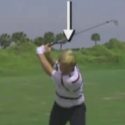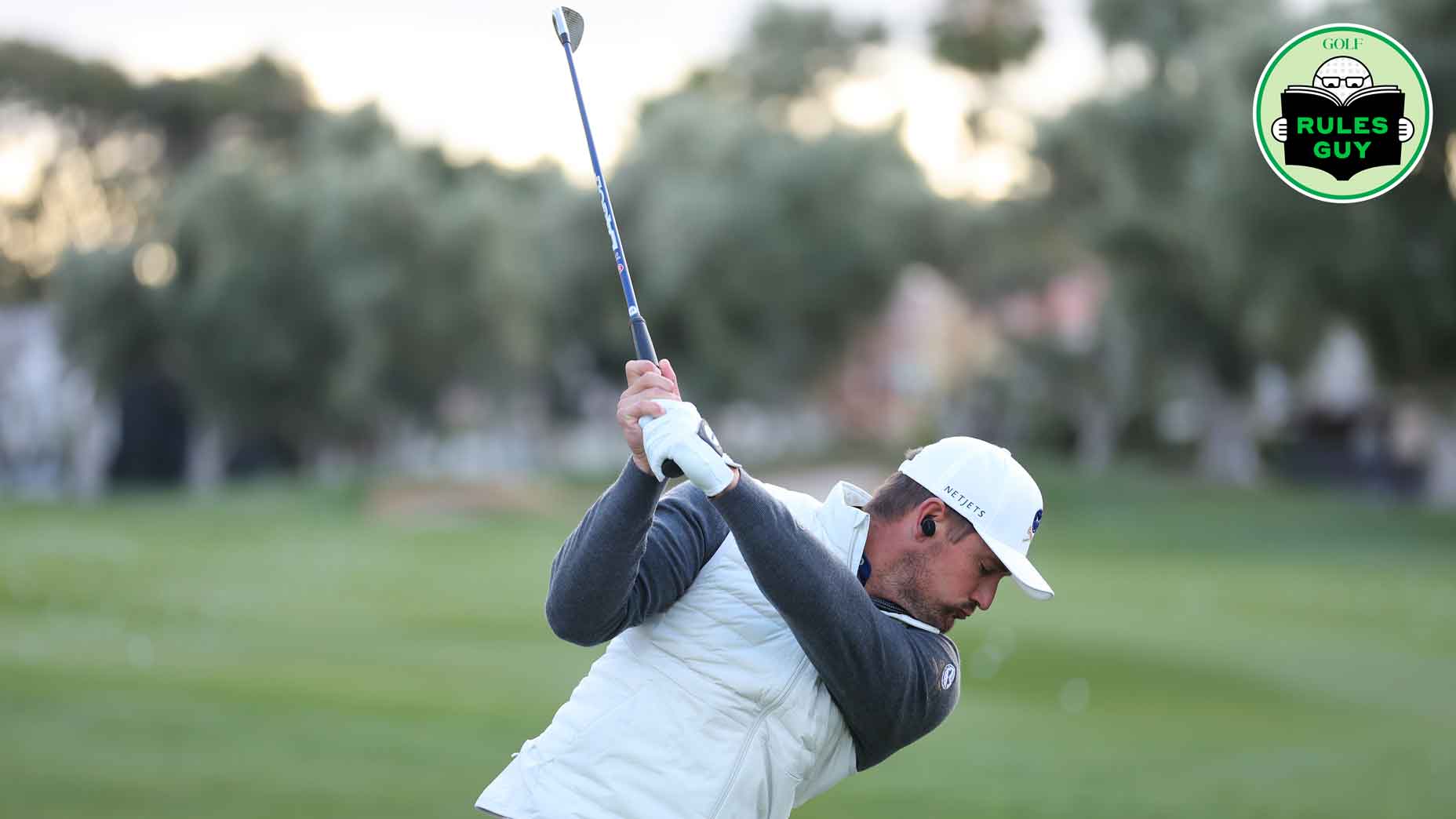 5 easy steps to execute a bunker shot over a high lip
5 easy steps to execute a bunker shot over a high lip
Jack Nicklaus explains how the wrong grip is hurting your game, and how to fix it: Flashback Jack
Your grip might feel like the least of your worries when things go wrong on the course, but that couldn’t be further from the truth.
In reality, your grip can only play one of two roles in your golf game. It can either free up the remainder of your swing to help you maximize power and clean up your impact position, or it can limit the remainder of your swing, making it harder for you to return to a neutral position at impact.
It certainly seems crazy to think of your grip as the gatekeeper for your swing. But in this week’s Flashback Jack, Nicklaus explains how your grip is holding your game back (and what you can do to fix it).
“A good grip allows everything in the swing to happen naturally,” Nicklaus says.
So how does a grip go wrong?
“The most common fault of a golfer with a bad grip is his inability to get a complete release and a full extension at the golf ball at the time of impact,” he says.
Typically, Nicklaus argues, golfers fall in one of two camps. Either their grips are too strong (what Nicklaus calls a “motorcycle grip”), or they’re not strong enough (what he calls a “weak grip”). The result is a golf swing that simply can’t work.
“(The golfer) feels very strong in this position, but in fact, it’s a very weak position,” he says.
ADVERTISEMENT
In either instance, the wrong grip causes the clubface to move the wrong way at impact (in a strong grip, it closes, in a weak grip, it opens). This leads to mishits, duck hooks and slices.
The fix? A neutral grip.
“You want to keep your hands straight on the golf club so that you can apply the club face squarely on the ball, and keep a square position at impact,” he says. “Just as though your hands were hanging to your side brought together, separated and closed.”
Start keeping a neutral grip, and suddenly your hooks and slices will become a thing of the past.
To receive GOLF’s all-new newsletters, subscribe for free here.
ADVERTISEMENT






